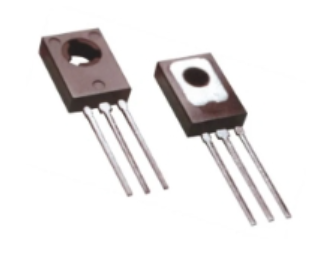Date:2025-06-25 Categories:Product knowledge Hits:267 From:Guangdong Youfeng Microelectronics Co., Ltd
5、 Application:
Band stop transistor is a special type of transistor , also known as bipolar thyristor. It is widely used in the field of electronics due to its strong controllability, fast switching speed, and low power consumption. Below are several common application areas of resistive switching transistors:
1. Power control: Resistive ttransistor are widely used in power switch control circuits. It can control the power switch, achieve fast switching and adjustment of the power supply, and improve power efficiency.
2. Dimming control: Bandstop transistor can be used in lighting dimming control circuits. By adjusting the conduction angle of the bandstop transistor, the brightness of the light can be adjusted.
3. Motor control: Resistive transistor can be used for speed control and steering control of motors. By controlling the switching state of the resistive transistor, it is possible to achieve forward, reverse, and speed control of the motor.
4. Variable resistor: A resistivetransistor can be used as a variable resistor. By changing the conduction angle of the resistive transistor, the resistance value can be adjusted and controlled in circuits.
5. Inverter: Resistive transistors can be used in inverter circuits to convert DC power into AC power, and are widely used in fields such as solar power generation and electric vehicles.
6、 Testing:
The detection of resistive triodes mainly includes the following aspects:
1. Conducting voltage detection: Use the diode testing function of a multimeter to connect the test leads to the positive and negative terminals of a resistive transistor and measure the voltage. In the conducting state, the positive electrode voltage is low and the negative electrode voltage is high.
2. Resistance detection: Use the resistance testing function of a multimeter to connect the test leads to the two pins of a resistive transistor and measure the resistance. Under normal circumstances, the resistance of a resistive transistor should be within a normal range.
3. Function detection: By connecting a resistive transistor to the corresponding circuit, observe its working status. For example, connect to the power switch control circuit and observe whether the resistive transistor can control the power switch.

Previous: Classification, Structure, and Principle of MOSFET